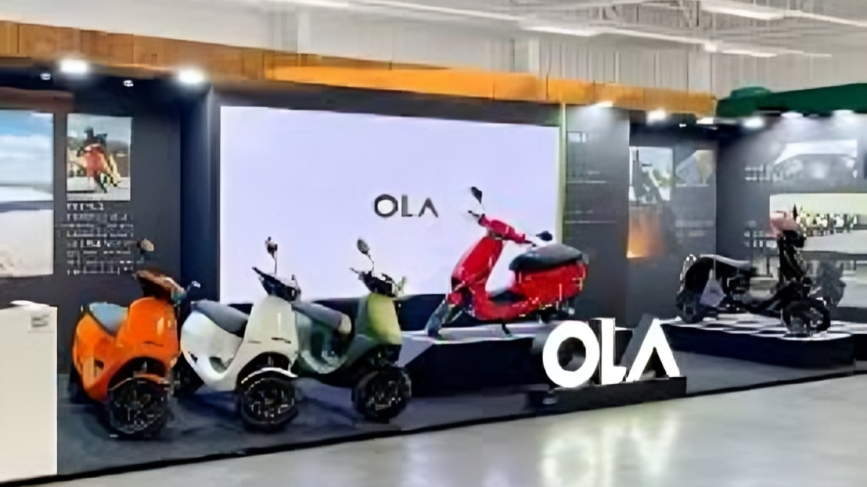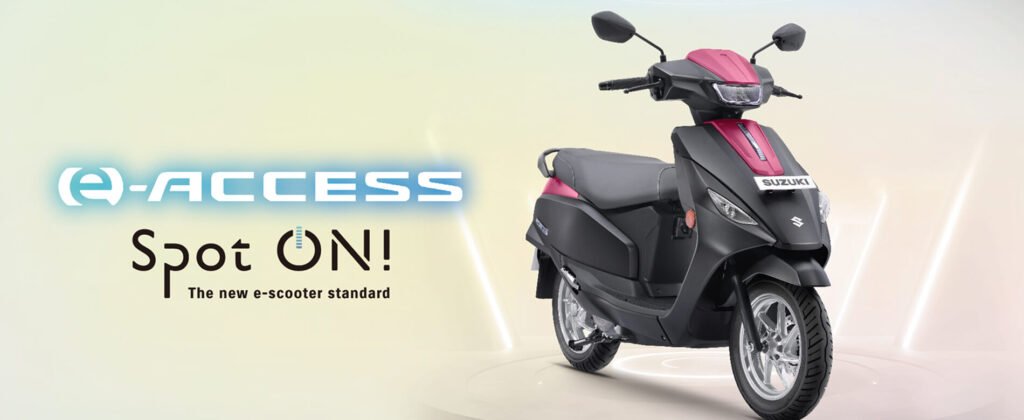Ola Electric Mobility, India’s leading electric two-wheeler maker, is deepening its commitment to self-reliance in EV manufacturing through an internal funding shuffle. On October 1, 2025, the board of its wholly-owned subsidiary, Ola Cell Technologies (OCT), approved an investment of up to Rs 877.64 crore into another arm, Ola Electric Technologies (OET). This capital infusion, structured as a subscription to preference shares, will be rolled out in tranches through next year, fueling OET’s expansion in EV components and aligning with Ola’s aggressive push toward localized battery production at its Tamil Nadu gigafactory.The move, disclosed in a stock exchange filing, comes amid Ola’s efforts to redirect IPO proceeds toward core growth areas, following shareholder nods at the annual general meeting (AGM) on August 22, 2025. As the company navigates a competitive EV landscape—marked by recent sales dips and service challenges—this investment signals resilience and a focus on backward integration to cut import dependencies.
Unpacking the Investment: Preference Shares and Related-Party Dynamics
The funding will see OCT subscribing to 87.76 crore non-cumulative, non-participating 0.001% Series A Optionally Convertible Redeemable Preference Shares (OCRPS) in OET, each carrying a face value of Rs 10. This structure allows flexibility: The shares are redeemable and optionally convertible, providing OET with non-dilutive capital for immediate needs while keeping doors open for equity conversion later.
As a transaction between fellow subsidiaries, it qualifies as a related-party deal but is being executed on an arm’s-length basis to ensure fairness and compliance with SEBI regulations. Ola Electric’s IPO in August 2024 had raised Rs 5,500 crore, with Rs 1,228 crore originally earmarked for OCT’s cell manufacturing expansion—a pot now being repurposed post-AGM to accelerate group-wide synergies.This isn’t Ola’s first internal shuffle; it reflects a broader strategy to consolidate resources amid macroeconomic pressures, including subsidy uncertainties and raw material costs.
OET’s Role: The Backbone of Ola’s EV Ecosystem
Formed in 2021 to drive vertical integration, OET specializes in developing and manufacturing critical EV components such as chassis, motors, and battery packs. These in-house capabilities are vital for Ola’s scooters, helping the company control quality, reduce costs, and scale production amid global supply chain volatility.Financially, OET has shown robust growth, though with a recent dip. In FY25 (ending March 2025), it clocked a turnover of Rs 4,510 crore, down 9.8% from Rs 5,000 crore in FY24 but up significantly from Rs 2,586 crore in FY23. This trajectory underscores OET’s maturation as Ola’s manufacturing powerhouse, supporting over 1.6 lakh units sold year-to-date in 2025 despite monthly sales fluctuations.
| Fiscal Year | Turnover (Rs Crore) | YoY Growth |
|---|---|---|
| FY23 | 2,586 | – |
| FY24 | 5,000 | +93.4% |
| FY25 | 4,510 | -9.8% |
The fresh capital will bolster OET’s R&D and production lines, potentially reversing the FY25 slowdown by enhancing efficiency in component output.
Gigafactory Push: Localizing Batteries to Slash Imports
At the heart of this investment is Ola’s ambitious gigafactory in Krishnagiri, Tamil Nadu—a 500-acre behemoth designed to produce lithium-ion cells domestically. As of May 2024, the facility had a 1.4 GWh capacity, with plans to scale to 6.4 GWh by April 2025 through IPO funds. However, Ola faced a government notice in March 2025 for missing an early milestone, prompting accelerated efforts.
The OCT-OET infusion directly supports this localization drive, aiming to reduce India’s 80% reliance on imported battery cells (primarily from China). By integrating OCT’s cell tech with OET’s assembly expertise, Ola targets cost savings of 20-30% per vehicle, making its scooters more competitive against rivals like TVS and Bajaj. Recent glimpses at the Ola Sankalp 2025 event showcased the factory’s progress, with prototypes hinting at mass production by early 2026.This aligns with India’s PLI scheme for advanced chemistry cells, where Ola secured Rs 764 crore in incentives. Amid global EV tariff wars, such vertical plays could fortify Ola’s supply chain against disruptions.
Broader Implications: Resilience in a Turbulent EV Market
Ola Electric’s internal funding maneuver arrives at a inflection point. September 2025 sales saw the company slip to fourth place with 13,371 units, down 30% month-on-month, amid service woes and festive slowdowns. Yet, year-to-date figures remain strong at 1.6 lakh units, buoyed by models like the S1 Pro.Early X reactions to the announcement are muted but positive, with traders noting it as a “smart capital recycle” for long-term bets. As Ola eyes a 10% market share by FY26, this Rs 878 crore lifeline to OET could prove pivotal—turning gigafactory dreams into reality and positioning Ola as India’s EV vertical integration leader.In a sector projected to hit 10 million units by 2030, Ola’s bet on self-sufficiency isn’t just financial—it’s a blueprint for sustainable growth in an import-heavy ecosystem. With tranches flowing through 2026, stakeholders will watch closely if this infusion reignites Ola’s momentum.



